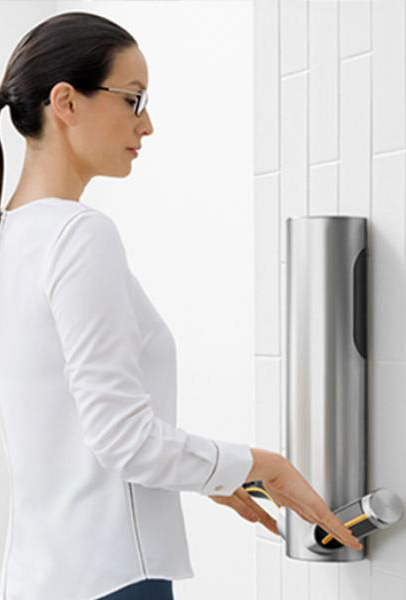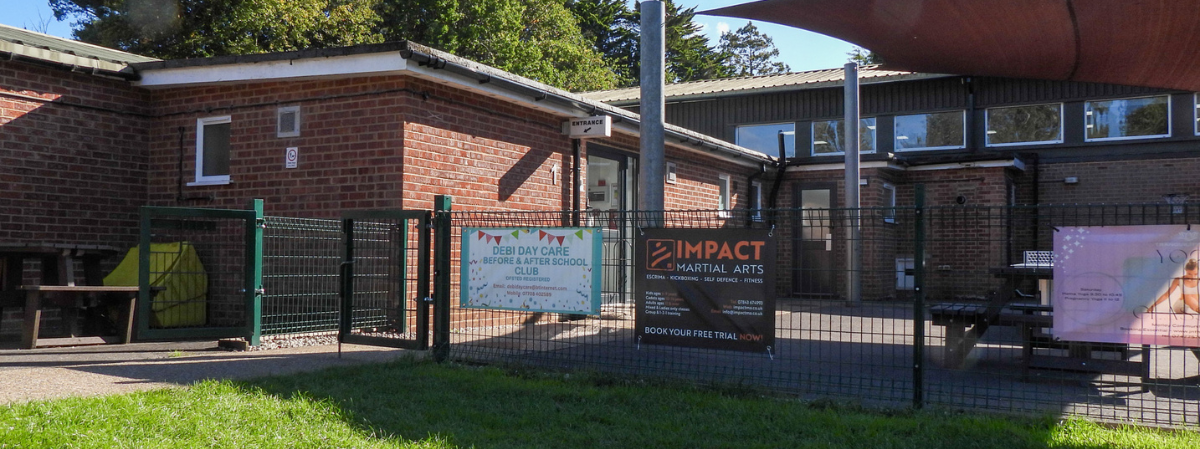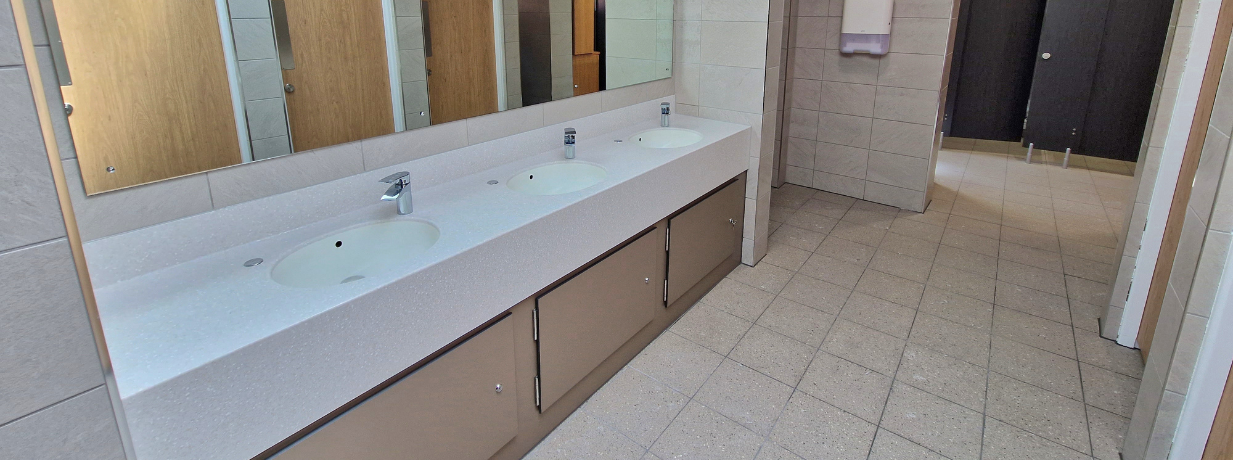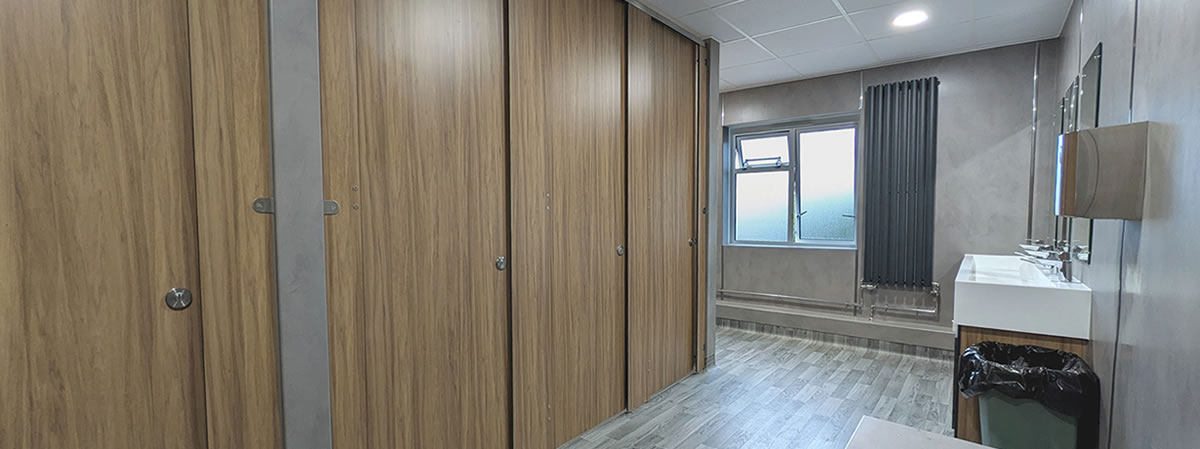Dyson
Wash and dry hands at the sink.


Proven hygienic by independent testing
All Dyson Airblade™ hand dryers undergo rigorous testing by Dyson. The impact of drying hands has been tested in universities and published in international journals.
More hygienic. Less time in the washroom.
The Dyson Airblade™ hand dryer's HEPA filter captures 99.95% of bacteria-sized particles from the washroom air, before it's blown on to hands. So hands are dried with cleaner air, not dirty air.
Free up your Washrooms
Because you don't need Towel Dispensers or Hand Dryers on the wall, the Dyson Airblade Wash Dry Hand Dryer frees up more space in your Washroom for extra Toilet Cubicles or other facilities.
No water on the floor.
Drying hands at the sink means there's no water being dripped on the floor.
Touch-free. Mess-free.
Precise infra-red zones operate the Dyson Airblade Tap hand dryer automatically. And because it switches intuitively between water and air, there's no need to touch dirty taps or buttons, and no drips on the washroom floor.





